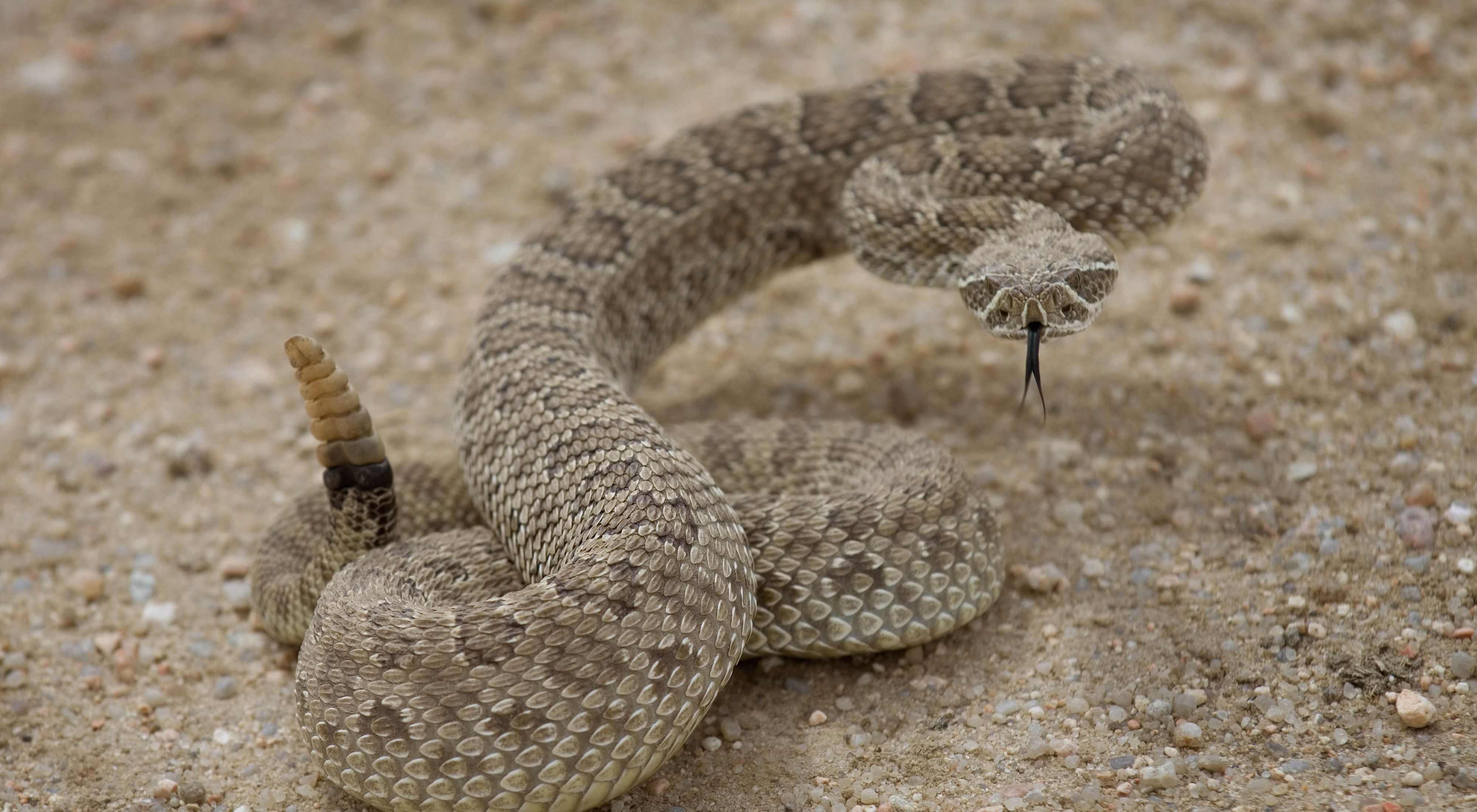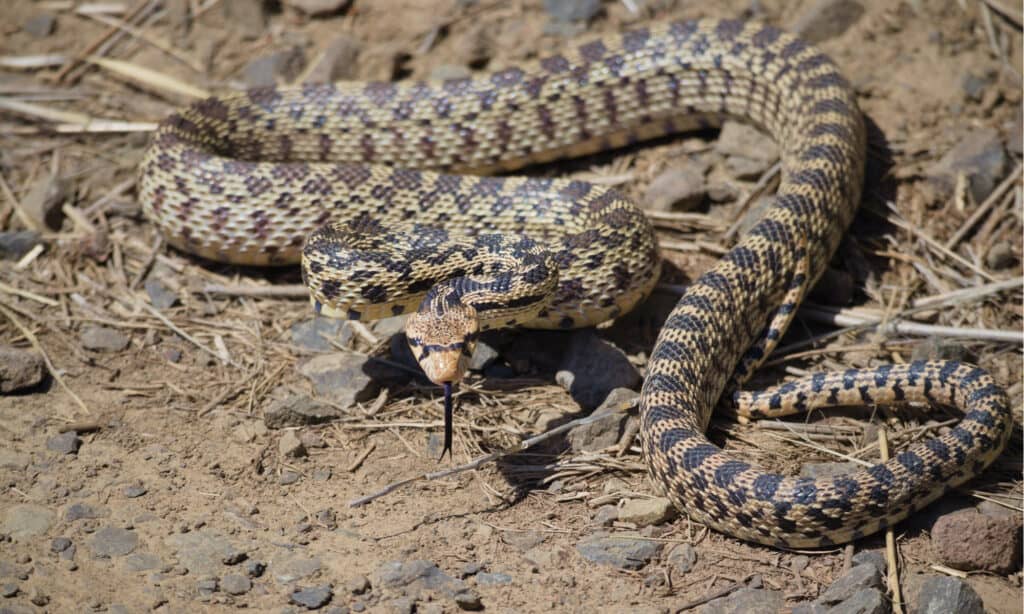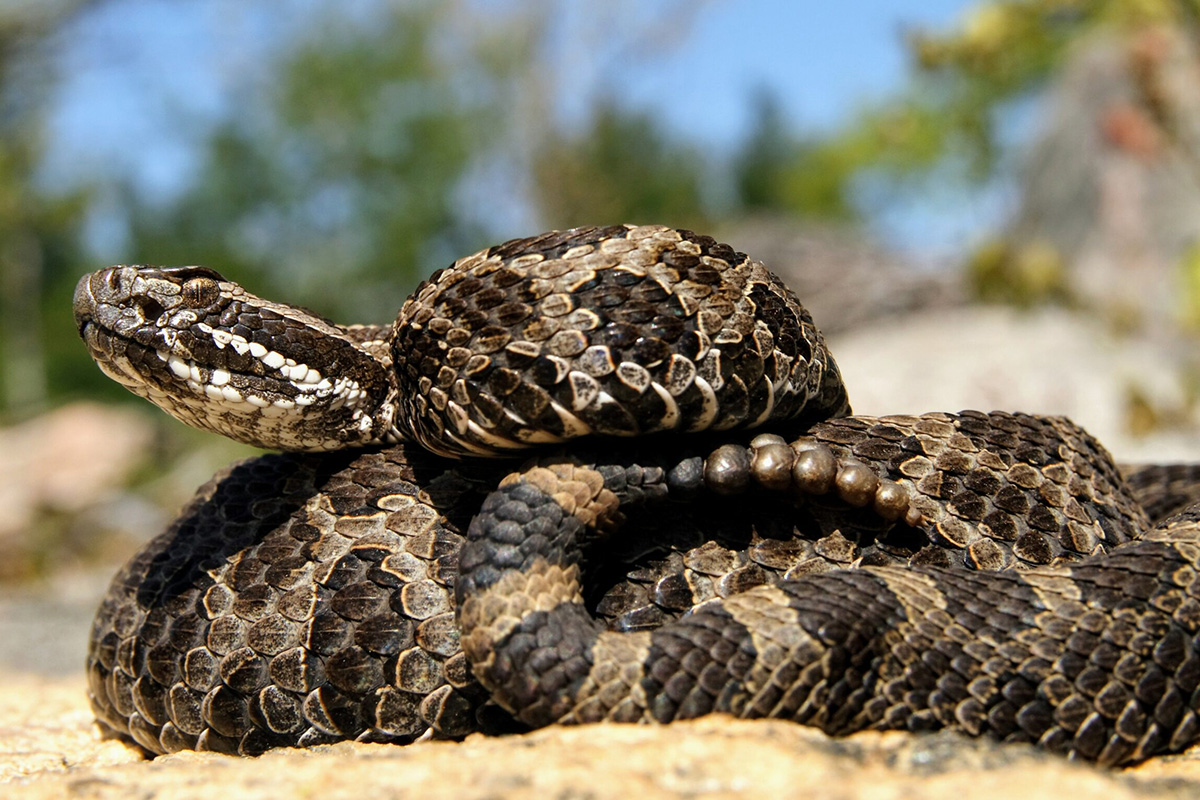Snakes are fascinating creatures that can provoke strong reactions in people. While some people are terrified of them, others find them thrilling. Colorado is home to 29 species of snakes, each with unique characteristics that make them special in their own way. However, some of these snakes are venomous and can be dangerous to humans.
In this article, we will explore the top three largest and most dangerous snakes in Colorado, including their identifying characteristics and where they can be found. Whether you’re a snake enthusiast or just want to be informed about the wildlife in your area, this article will provide valuable information about these fascinating creatures.
You are reading: Discover The Top 3 Largest And Most Dangerous Snakes In Colorado

Top 3 Largest And Most Dangerous Snakes In Colorado
Prairie Rattlesnake

The Prairie Rattlesnake is the largest and most dangerous species of snake in Colorado. Here are some key characteristics and information about this species:
Identifying Characteristics:
– Triangular head with heat-sensing pits on the sides
– Tan or grayish-brown with dark brown blotches
– Can grow up to 5 feet long
Habitat:
– Lives in plains grassland, sandhills, semidesert shrubland, riparian zones, piñon-juniper woodland, and other areas
– Can live virtually anywhere in Colorado that is below 9,500 feet in elevation
– Found in open prairies, grasslands, semi-desert shrublands, and other areas
Behavior:
– Venomous and can be dangerous to humans
– Will rattle its tail as a warning before striking
– Feeds on small mammals, birds, and reptiles
It’s important to be aware of the Prairie Rattlesnake’s habitat and behavior if you are spending time outdoors in Colorado. If you encounter one, give it plenty of space and avoid disturbing it. If you are bitten by a Prairie Rattlesnake, seek medical attention immediately.
Bull Snake

The Bullsnake is one of the largest and most common snakes in Colorado. Here are some key characteristics and information about this species:
Identifying Characteristics:
– Yellowish-brown or creamy body with black, brown, whitish, or reddish blotches
– Can grow up to 6 feet long, with some specimens reaching up to 8 feet long
– Non-venomous, but can be aggressive and will hiss and strike if they feel threatened
Habitat:
– Found in a variety of habitats, including open prairies, sand prairies, grassy plains, semi-desert cactus forests, bluff lands, open grassy meadows bordered by woodland, and wheat fields
– Prefers loose, sandy soil that allows for easy burrowing
Behavior:
– Powerful constrictors that feed on small mammals, such as mice, moles, rats, pocket gophers, ground squirrels, as well as ground-nesting birds, birds’ eggs, and lizards
– Climbing proficiency enables them to raid bird nests and birdhouses to eat the nestlings or sitting mother
– When threatened, they will rear up and make themselves look as large as possible
While the Bullsnake is not venomous, it can still be dangerous if provoked. If you encounter one in the wild, give it plenty of space and avoid disturbing it. Remember that snakes play an important role in the ecosystem and should be respected.
Massasauga

The Massasauga is a venomous rattlesnake species found in central and eastern North America, including some parts of Colorado. Here are some key characteristics and information about this species:
Identifying Characteristics:
– Small to medium-sized snake, with adults typically reaching lengths of approximately 18 to 30 inches
– Gray or tan with rows of black or brown spots on its back and sides
– Triangular head with heat-sensing pits on each side
Habitat:
– Primarily associated with wetland habitats, such as marshy grasslands, lake edges, fens, and forested swamplands
– Can also be found in drier habitats, including dry prairies, woodland, and lake edges
Behavior:
– Timid and unaggressive, preferring to avoid detection by hiding under vegetation, woody debris, or other cover
– Feeds primarily on small mammals, such as voles, moles, and jumping mice
The Massasauga is a protected species in some areas due to its declining population and the importance of its habitat for other species.
Read more : The Top 10 Fluffiest Animals In The World
If you encounter a Massasauga in the wild, it is important to give it plenty of space and avoid disturbing it. Remember that snakes play an important role in the ecosystem and should be respected.
FAQS
1. What are the top three largest and most dangerous snakes in Colorado?
The top three largest and most dangerous snakes in Colorado are the Prairie Rattlesnake, Bullsnake, and Massasauga.
2. Are all three of these snakes venomous?
Yes, the Prairie Rattlesnake and Massasauga are venomous, while the Bullsnake is non-venomous but can still be dangerous if provoked.
3. Where can these snakes be found in Colorado?
The Prairie Rattlesnake can be found in grasslands and plains throughout the state, while the Bullsnake can be found in a variety of habitats, including open prairies, sand prairies, grassy plains, semi-desert cactus forests, bluff lands, open grassy meadows bordered by woodland, and wheat fields. The Massasauga is primarily associated with wetland habitats, such as marshy grasslands, lake edges, fens, and forested swamplands.
4. What should I do if I encounter one of these snakes in the wild?
If you encounter one of these snakes in the wild, it’s important to give it plenty of space and avoid disturbing it. Remember that snakes play an important role in the ecosystem and should be respected. If you are bitten by a venomous snake, seek medical attention immediately.
5. Are there any other dangerous snakes in Colorado?
While the Prairie Rattlesnake, Bullsnake, and Massasauga are the most dangerous snakes in Colorado, there are other venomous snakes found in the state, such as the Western Rattlesnake and Midget Faded Rattlesnake.
Source: https://petstutorial.com
Category: Animals










